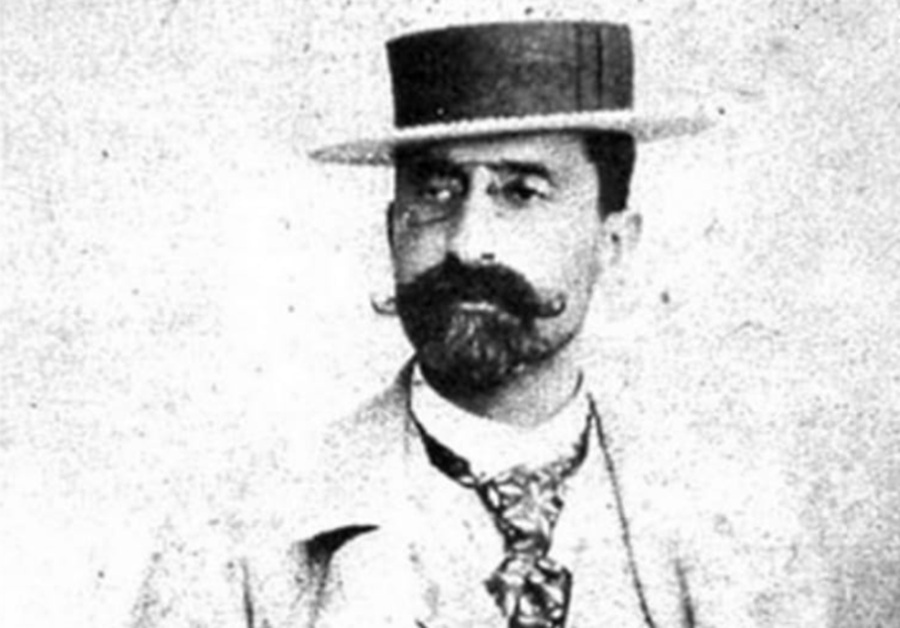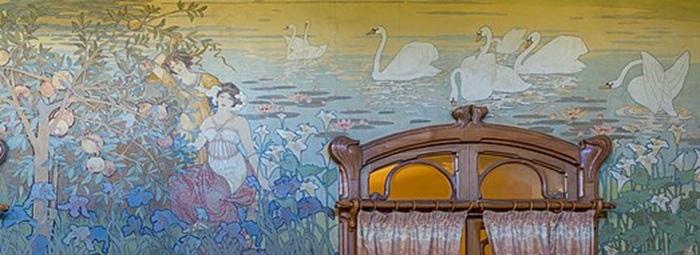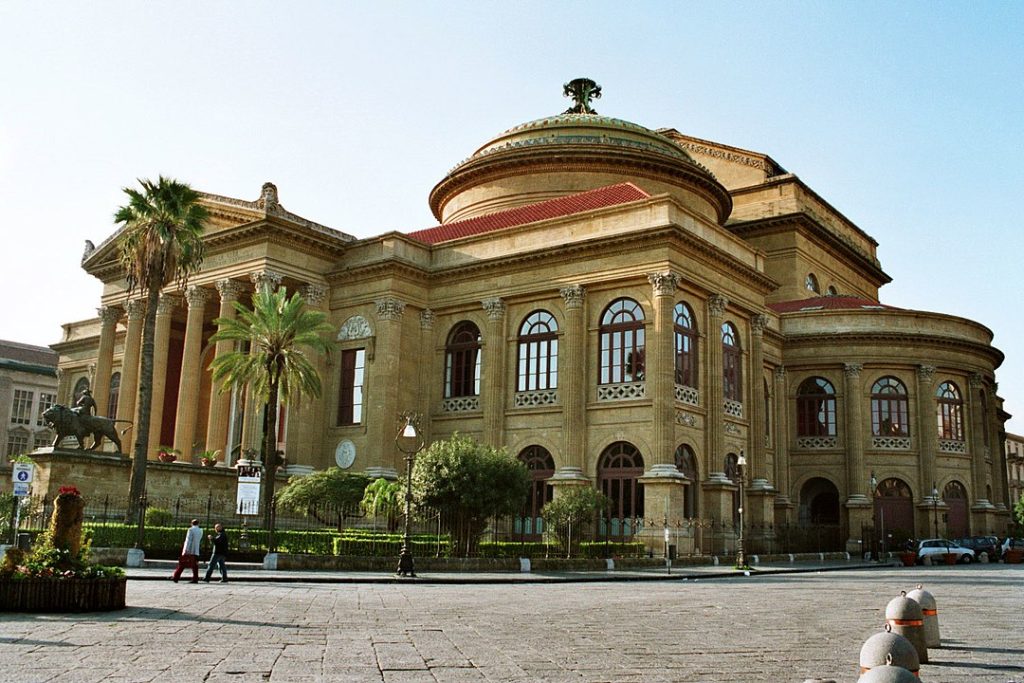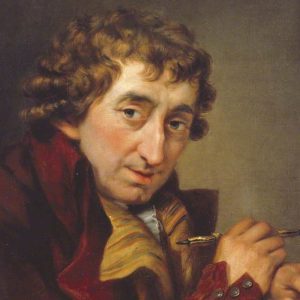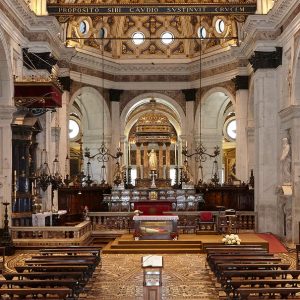Ernesto Basile, born on 31 January 1857 in Palermo, was a visionary Italian architect. He played a crucial role in developing Stile Liberty, Italy’s unique interpretation of Art Nouveau. His innovative designs combined classical influences with modern aesthetics, shaping the architectural landscape of the late 19th and early 20th centuries.
Basile followed in the footsteps of his father, Giovan Battista Filippo Basile, a respected architect. He studied architecture at the University of Palermo, where he later became a professor. His early works reflected historical styles, but he soon embraced new artistic movements, blending tradition with modernity.
Stile Liberty: Italy’s Art Nouveau
Stile Liberty emerged in Italy during the late 19th century, inspired by the international Art Nouveau movement. It took its name from the London-based Liberty & Co. store, which popularised decorative arts in Italy. Unlike French and Belgian Art Nouveau, which often featured sinuous lines and floral motifs, Stile Liberty incorporated classical elements, Mediterranean themes, and a strong emphasis on craftsmanship.
Basile played a leading role in defining this style. His designs integrated ornamental ironwork, mosaics, and elegant curving lines with traditional Italian influences. Stile Liberty was particularly popular in Milan, Turin, and Palermo, where it adorned grand hotels, theatres, and villas.
Major Works
Basile’s most famous work is the expansion of the Palazzo Montecitorio in Rome, home to the Italian Parliament. Completed in 1927, the project blended Baroque influences with Stile Liberty elements. The elegant use of stained glass, curved balconies, and sculptural details highlighted his mastery of the style.
In Palermo, Basile designed Villa Igiea, a luxurious Art Nouveau hotel that exemplifies Stile Liberty’s opulence. The building features intricate frescoes, elaborate ironwork, and refined interiors. Another notable work is the Villino Florio, an exquisite mansion showcasing decorative flourishes and organic motifs typical of the movement.
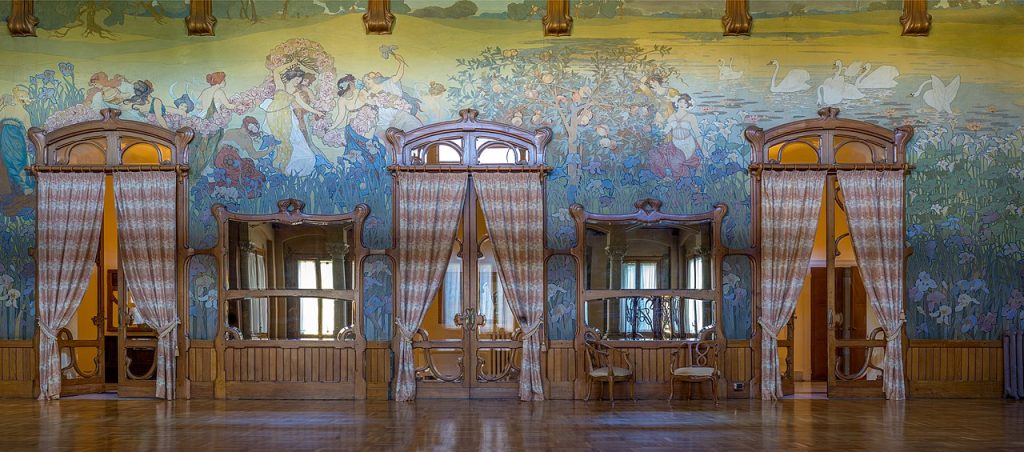
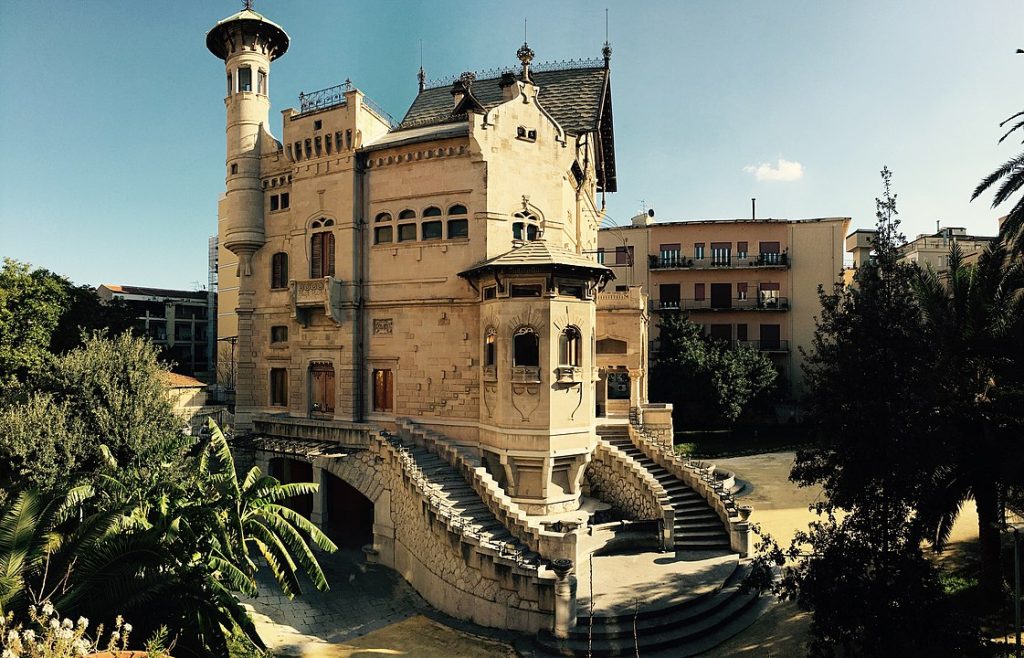
Basile also contributed to theatre architecture, designing the Teatro Massimo’s interior. His father had started the construction of the opera house Teatro Massimo Vittorio Emanuele in Palermo on 12 January 1874, but it was stopped for eight years from 1882 until 1890. From 1891 until the completion of the project on 16 May 1897, Basile was the supervising architect of the building. His work on the theatre reflected a synthesis of classical grandeur and modern aesthetics.
Read: Quick Travel Guide: Palermo
Legacy
Ernesto Basile’s influence extended beyond architecture. His designs inspired furniture, decorative arts, and urban planning in Italy. Stile Liberty faded after World War I, replaced by Rationalism, but Basile’s work remains a testament to Italy’s unique Art Nouveau expression. His buildings still stand as iconic representations of early modern Italian architecture.
Ernesto Basile died in 1932.

